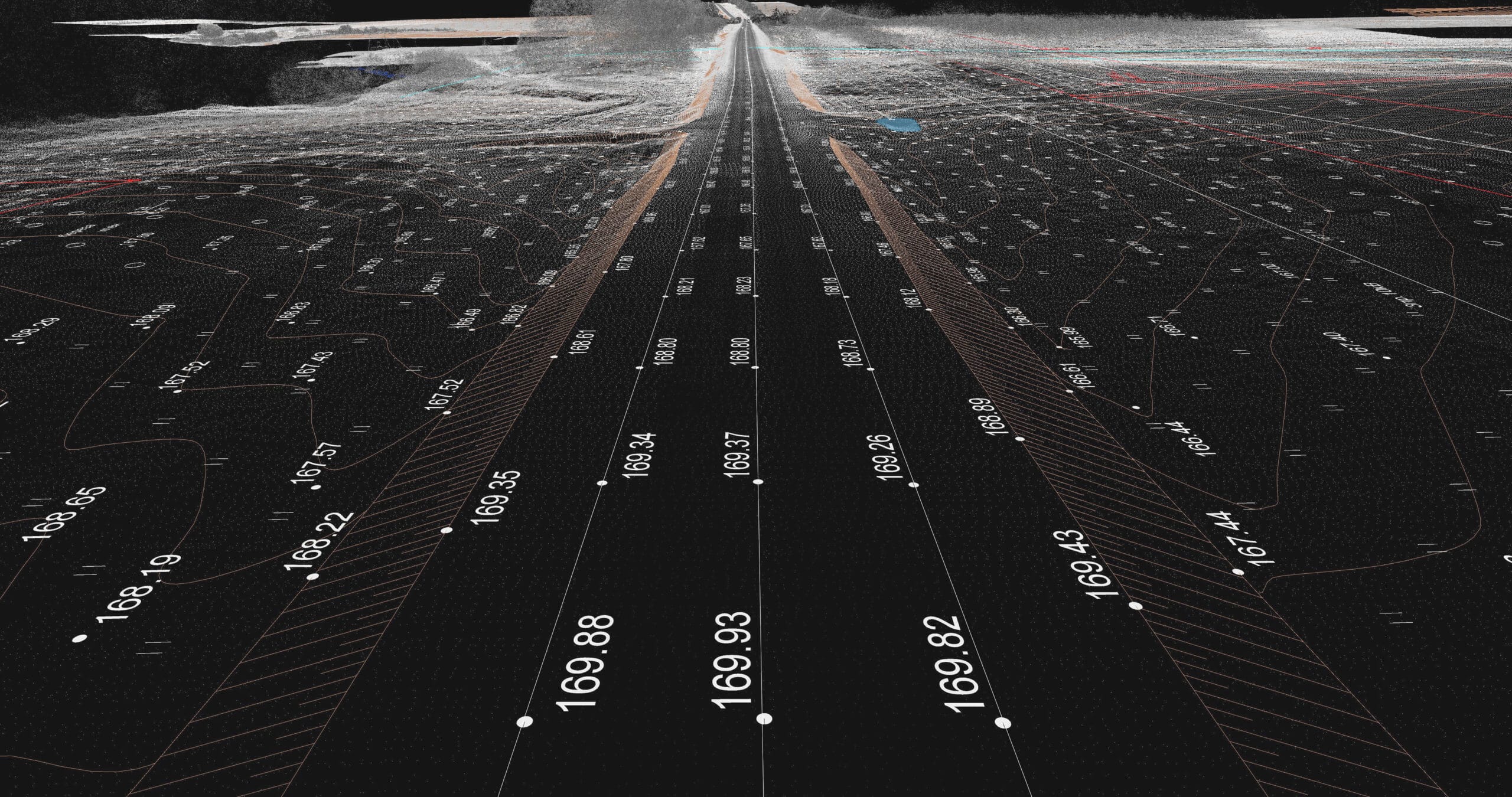In the rapidly evolving world of remote sensing, single-photon LiDAR technology is emerging as a game-changer, offering unprecedented capabilities in capturing detailed 3D images over long distances. This innovative technology leverages the power of single photons to deliver high-resolution data, even at ranges extending up to 1 kilometer. As industries and researchers continue to explore its potential, single-photon LiDAR is poised to revolutionize applications across multiple sectors, from environmental monitoring to urban planning and autonomous vehicle navigation.
LiDAR, which stands for Light Detection and Ranging, is a remote sensing method that uses laser light to measure distances to a target. Traditional LiDAR systems emit multiple photons to ensure that enough light returns to the sensor for accurate distance measurement. However, single-photon LiDAR takes a different approach by utilizing highly sensitive detectors capable of capturing individual photons. This sensitivity allows the system to operate effectively over longer distances and in challenging conditions, such as low-light environments or through dense foliage.
One of the most significant advantages of single-photon LiDAR is its ability to produce high-resolution 3D images with remarkable accuracy. By detecting single photons, the system can generate detailed topographical maps and models, providing valuable insights into the physical characteristics of the surveyed area. This level of detail is particularly beneficial for applications such as environmental monitoring, where understanding the terrain and vegetation structure is crucial for assessing ecosystem health and managing natural resources.
In urban planning, single-photon LiDAR offers a powerful tool for city planners and architects. The technology can be used to create precise 3D models of urban landscapes, aiding in the design and development of infrastructure projects. By providing accurate data on building heights, road networks, and land use, single-photon LiDAR helps planners make informed decisions that enhance urban environments and improve the quality of life for residents.
The automotive industry is also set to benefit from the advancements in single-photon LiDAR technology. As the development of autonomous vehicles continues to progress, the need for reliable and accurate sensing systems becomes increasingly important. Single-photon LiDAR can provide the high-resolution data required for safe navigation, even in complex and dynamic environments. Its ability to detect obstacles and map surroundings in real-time makes it an invaluable component of the sensor suite for self-driving cars.
Moreover, single-photon LiDAR’s long-range capabilities open up new possibilities for applications in areas such as archaeology, forestry, and disaster management. In archaeology, the technology can be used to uncover hidden structures and artifacts buried beneath dense vegetation or soil. In forestry, it enables the assessment of forest health and biomass estimation, contributing to sustainable forest management practices. In disaster management, single-photon LiDAR can assist in mapping affected areas and assessing damage, facilitating more effective response and recovery efforts.
Despite its numerous advantages, the implementation of single-photon LiDAR technology is not without challenges. The high sensitivity of the detectors requires careful calibration and noise reduction techniques to ensure accurate data collection. Additionally, the cost of single-photon LiDAR systems can be a barrier to widespread adoption, although ongoing research and development efforts are expected to drive down prices over time.
As single-photon LiDAR technology continues to advance, its potential applications are likely to expand further, offering new opportunities for innovation and discovery. Researchers and industry leaders are actively exploring ways to integrate this technology into existing systems and develop new solutions that leverage its unique capabilities. With its ability to capture detailed 3D images over long distances, single-photon LiDAR is set to play a pivotal role in shaping the future of remote sensing and its impact on various fields.
In conclusion, single-photon LiDAR represents a significant leap forward in remote sensing technology, providing detailed 3D imaging capabilities at distances up to 1 kilometer. Its applications span a wide range of industries, from environmental monitoring and urban planning to autonomous vehicles and beyond. As the technology continues to evolve, it promises to deliver even greater insights and efficiencies, driving progress and innovation across multiple sectors.


